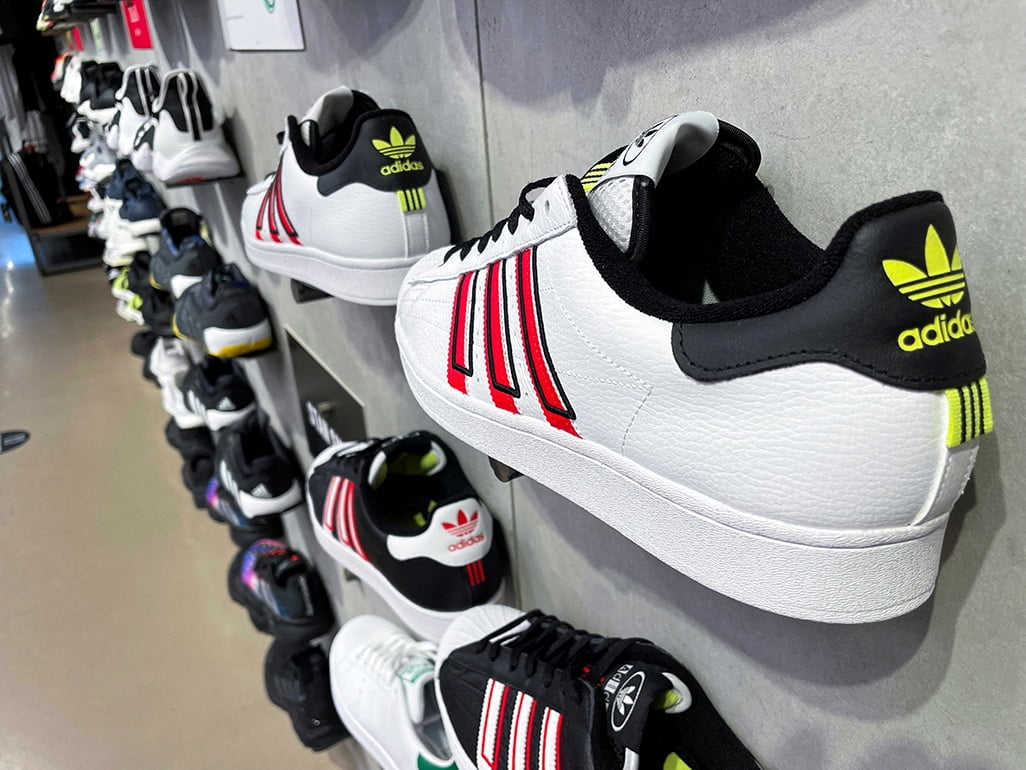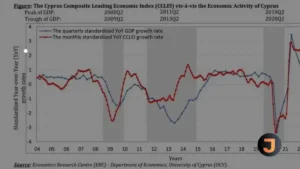In a sobering announcement, German sportswear behemoth Adidas revealed on Wednesday that it has experienced its first annual loss in over three decades. The company also issued a cautionary statement, indicating that sales in North America are projected to decline further as retailers across the United States grapple with excessive inventory levels.
The iconic brand, which severed ties with Kanye West in October 2022 and halted sales of the lucrative Yeezy sneaker line, has been striving to navigate through a challenging period. Under the leadership of CEO Bjorn Gulden, who marked his first year at the helm, Adidas resumed sales of Yeezy sneakers to liquidate remaining stock. Simultaneously, the company has been focusing on enhancing its core offerings, such as the Samba and Gazelle shoes, and strengthening its retail partnerships.
Despite the setbacks, Adidas shares have shown resilience, outperforming competitors Nike and Puma since Gulden’s appointment. “Although by far not good enough, 2023 ended better than what I had expected at the beginning of the year,” Gulden remarked optimistically.
Nevertheless, the forecast for North America remains subdued, with Adidas anticipating a sales downturn of approximately 5% this year. The region’s lower demand and overstocked stores have exerted pressure on sportswear firms, as evidenced by a 21% sales drop for Adidas in North America during the fourth quarter and a 16% decrease overall for the year.
Efforts to clear inventory through outlet stores have borne fruit, enabling Adidas to reduce stockpiles by 1.5 billion euros in 2023, marking a significant 24% decrease. However, the company is cautious about potential shipment delays linked to the Red Sea crisis, which CFO Harm Ohlmeyer acknowledged could affect working capital if disruptions persist.
Despite these challenges, Adidas is optimistic about reclaiming market share from rivals amidst a waning consumer interest in sportswear that has led to job cuts at Nike. Excluding Yeezy sales, Adidas projects an improvement in its core business for 2024, with expected growth of at least 10% in the latter half of the year.
The company has capitalized on the popularity of low-rise suede “terrace” sneakers like the Samba and Gazelle, increasing production to meet demand. This strategy contributed to an 8% growth in footwear sales in the fourth quarter, even as apparel sales declined by 13%.
“Things have clearly been going in the right direction at Adidas since Bjorn Gulden took over,” observed Thomas Joekel, a portfolio manager at Union Investment. “Brand heat is increasing, which can also be seen from the fact that fewer products now have to be sold at a discount.”
In China, Adidas is expecting a more robust recovery with sales projected to grow at a double-digit rate following an 8% increase in 2023.
Despite setting conservative expectations for its remaining Yeezy products and committing to sell them “at least at cost,” Adidas reported a substantial 750 million euros in revenue from Yeezy sales last year, culminating in a 300 million euro profit. The company has also allocated 140 million euros for donations to organizations combating antisemitism and racism.
In light of its 58 million euro net loss—the first since 1992—Adidas’ board plans to propose maintaining its dividend at 0.70 euros per share for its 2023 performance.
For continued updates on this story, follow the Cyprus Mail on Google News.






